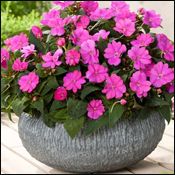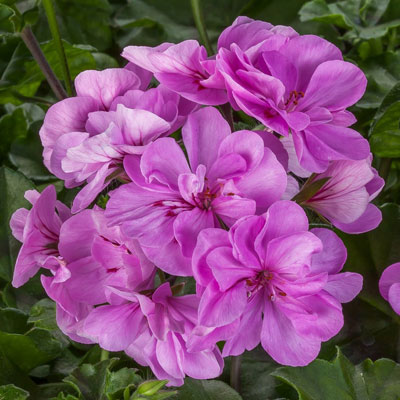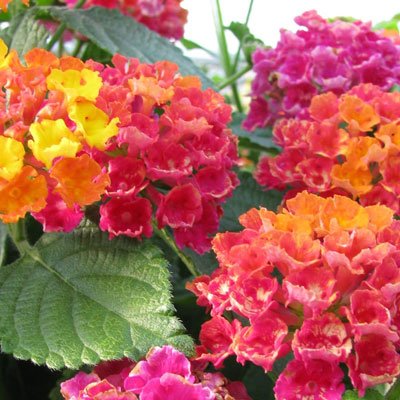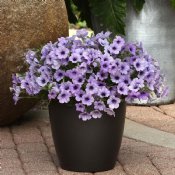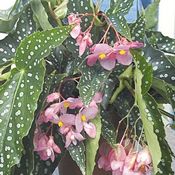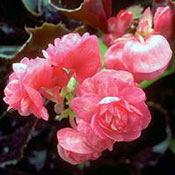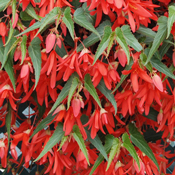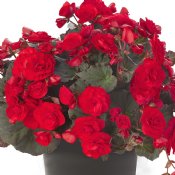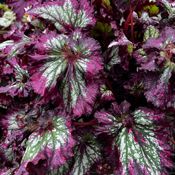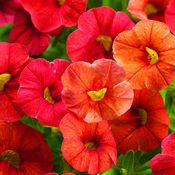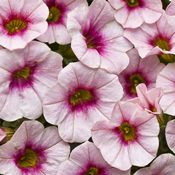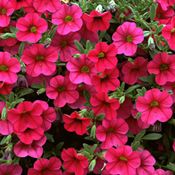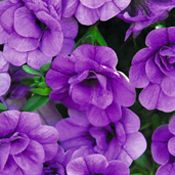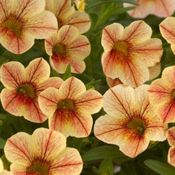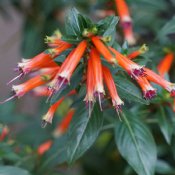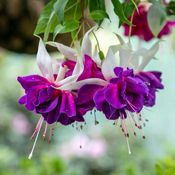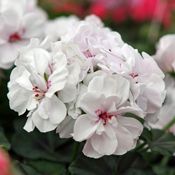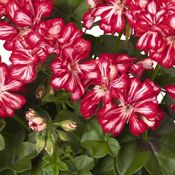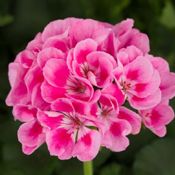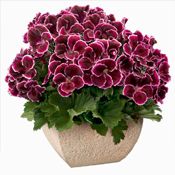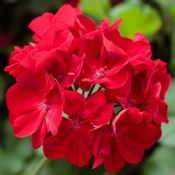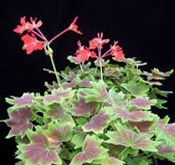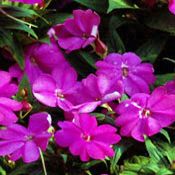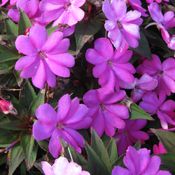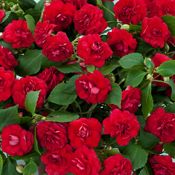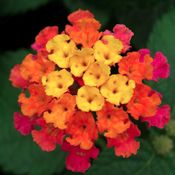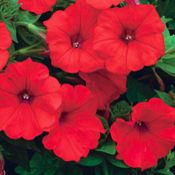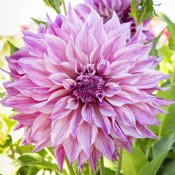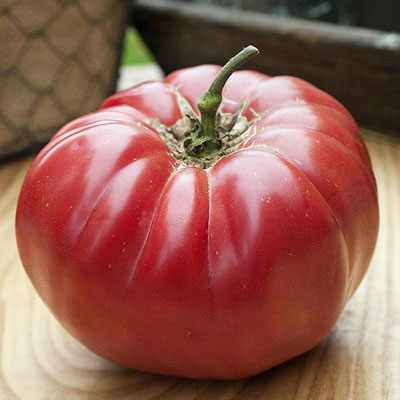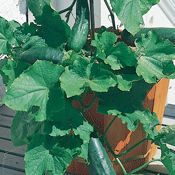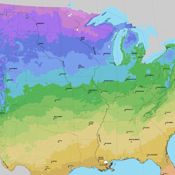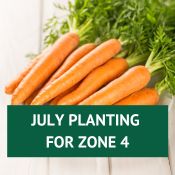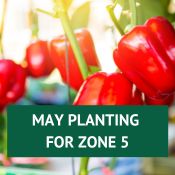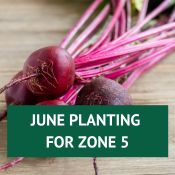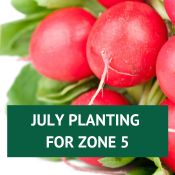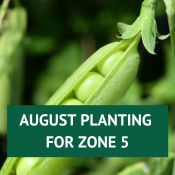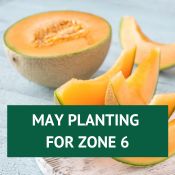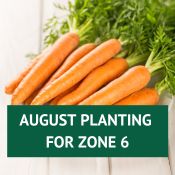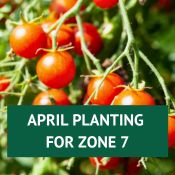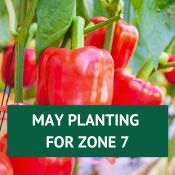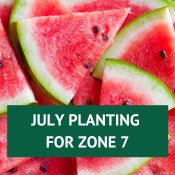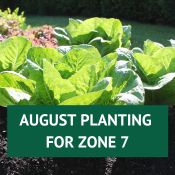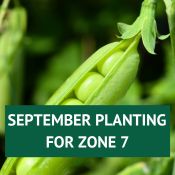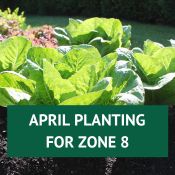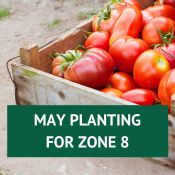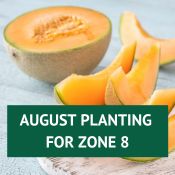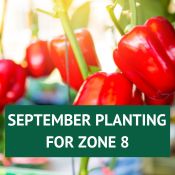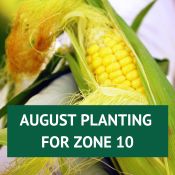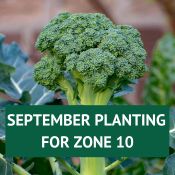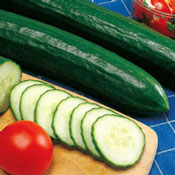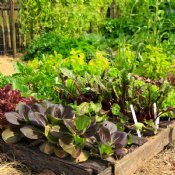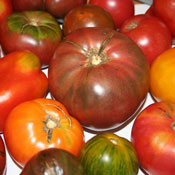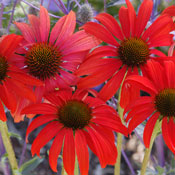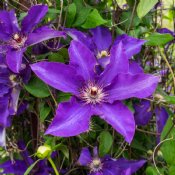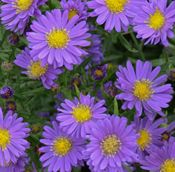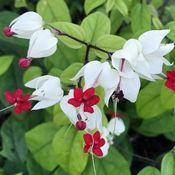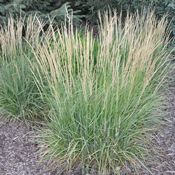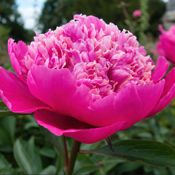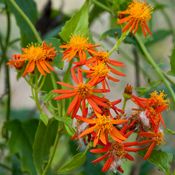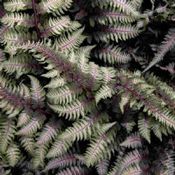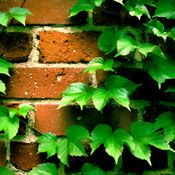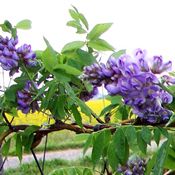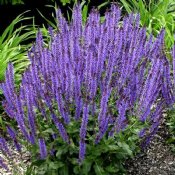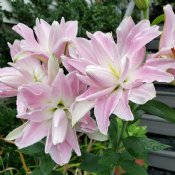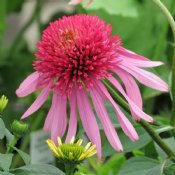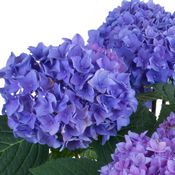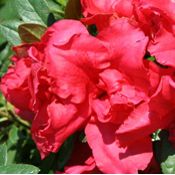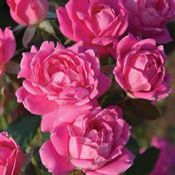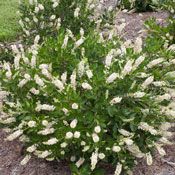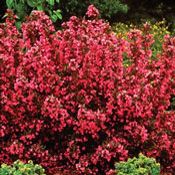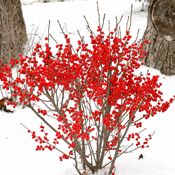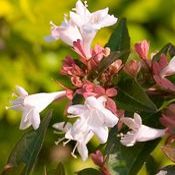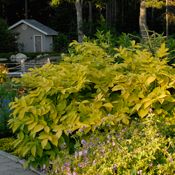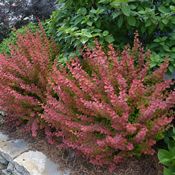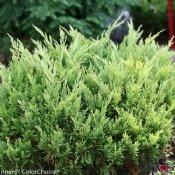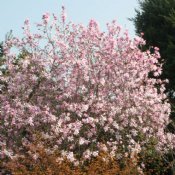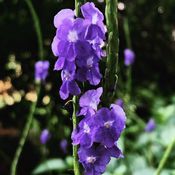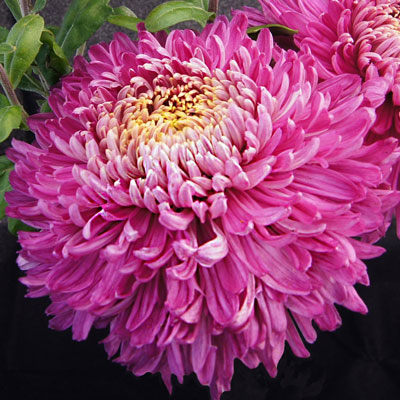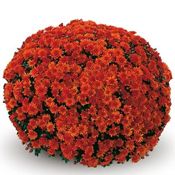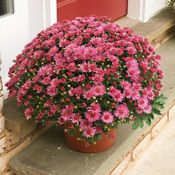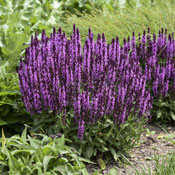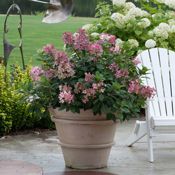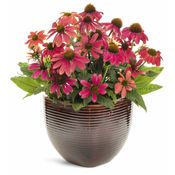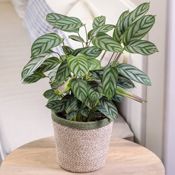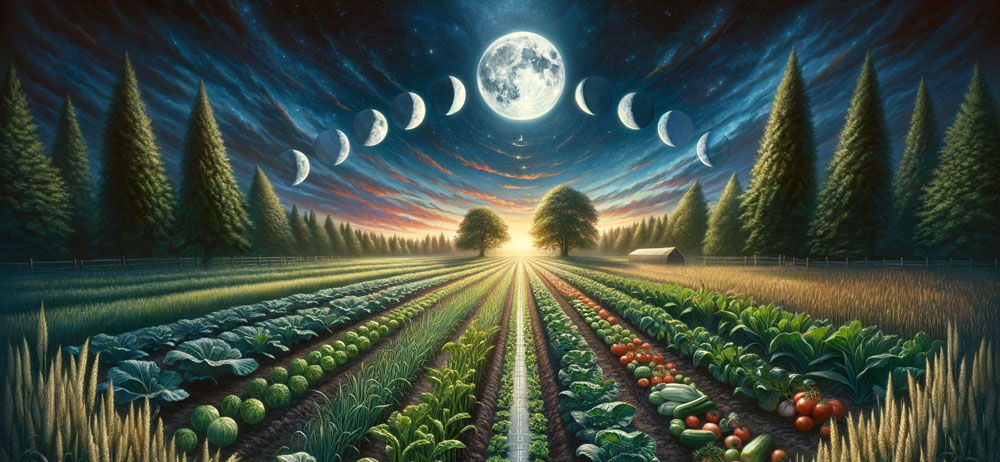
Gardening by the lunar cycle, or lunar gardening, is a time-honored practice that blends the art of gardening with the ancient wisdom of the moon's phases, dating back to when the Egyptians, Romans, and even Mayans kept time by the same method. This method, deeply rooted in tradition and observed throughout centuries of agricultural practice, offers a unique approach to gardening that goes beyond the soil and seed. As modern gardeners search for organic and harmonious ways to cultivate their gardens, lunar gardening has resurfaced as a fascinating method to explore. If you're contemplating integrating the waxing and waning of the moon's cycle into your gardening practices, let's delve into the essence of lunar gardening and how you, yourself, can embark on this celestial journey.
The Foundations of Lunar Gardening
Lunar gardening is predicated on the belief that the moon's gravitational pull, which governs the tides, also influences the moisture in the soil. This theory suggests that just as the moon's pull affects large bodies of water, it similarly impacts the water content in the soil, thereby affecting plant growth. The lunar cycle is segmented into four primary phases: new moon, first quarter, full moon, and last quarter, each offering a unique influence on your gardening activities.
How to Garden by the Moon's Phases
1. New Moon to First Quarter (Waxing Crescent): The growing illumination during this phase is believed to favor leaf growth. It's an excellent time to plant above-ground crops that produce external seeds, such as lettuce, spinach, and celery.
2. First Quarter to Full Moon (Waxing Gibbous): With the moonlight growing stronger, this phase is ideal for planting above-ground crops with internal seeds, such as tomatoes, beans, and peppers. The balance between the moon’s light and gravitational pull is said to support both root and leaf development.
3. Full Moon to Last Quarter (Waning Gibbous to Waning Crescent): As the moonlight decreases, focus shifts to planting root crops, such as carrots, potatoes, and onions, along with perennials and bulbs. The emphasis is on strengthening the roots as the gravitational pull remains strong.
4. Last Quarter to New Moon (Waning Crescent): This is a period for garden maintenance—pruning, weeding, and harvesting. The diminished moonlight and gravitational pull create a rest period. In essence, this is the period of time that your garden is preparing for its next cycle.
Embracing Lunar Gardening in Your Practice
If you're intrigued by the idea of lunar gardening, you can start by integrating the moon's phases with your gardening activities gradually. Here are some tips to get you started:
The Verdict
While scientific evidence on lunar gardening's effectiveness remains inconclusive, the anecdotal support from generations of gardeners suggests there is something special about syncing with the celestial rhythms. Regardless if lunar gardening results in a noticeable difference to your garden…or not, gardening by the moon’s phases encourages a deeper connection with the natural world—a reward in and of itself for any gardener.
In the realm of gardening, where patience and observation are virtues, lunar gardening offers a novel lens through which to view your interaction with the earth. It's a reminder that gardening is not just about the physical act of planting and harvesting but also about understanding and respecting the subtle influences that govern the natural world. So, why not let the moon guide your gardening?

